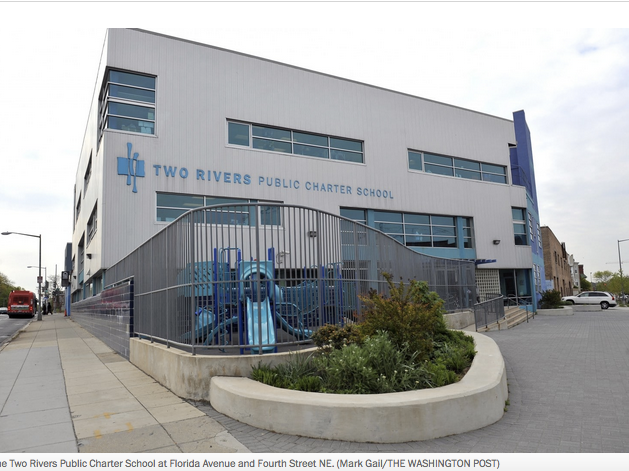The theory behind the initiative is to give D.C.’s low-income families more and better educational opportunities by supplying them with tax dollars to send their children to private schools. Fine. But voucher enrollment in the nation’s capital dropped for four straight years, from 1,638 in the 2013-2014 school year to 1,154 in the 2016-2017 year. More striking, greater than half the new students offered vouchers last year didn’t use them.
Voucher supporters say shifting political winds have undermined enrollment. A Republican-controlled Congress established the program in 2004, only to have funding for new voucher students eliminated in 2009, when Democrats seized Congress. Two years later, with Republicans back in control, money for new scholarships flowed again. This spring, Congress extended the program’s legislative authorization and the Trump administration pumped $20 million more into the program.
Serving Our Children, the nonprofit that manages the program, predicts that the congressional affirmation and new funding will help double the program’s size over the next two years. The organization says more voucher students are enrolling in private schools this fall than last.
But the political back-and-forth doesn’t explain why enrollment dropped for four consecutive years well after Republicans revitalized the program. The answer likely lies in the program’s design, the ¿disappointing student achievement under the program and the substantial school choice that has emerged in the city’s public school sector.
Because Congress didn’t require any academic accountability for the private schools participating in the program, there’s no way for parents to compare how students are doing from school to school, and there’s no way for taxpayers to know the return on investment that individual schools are delivering.




